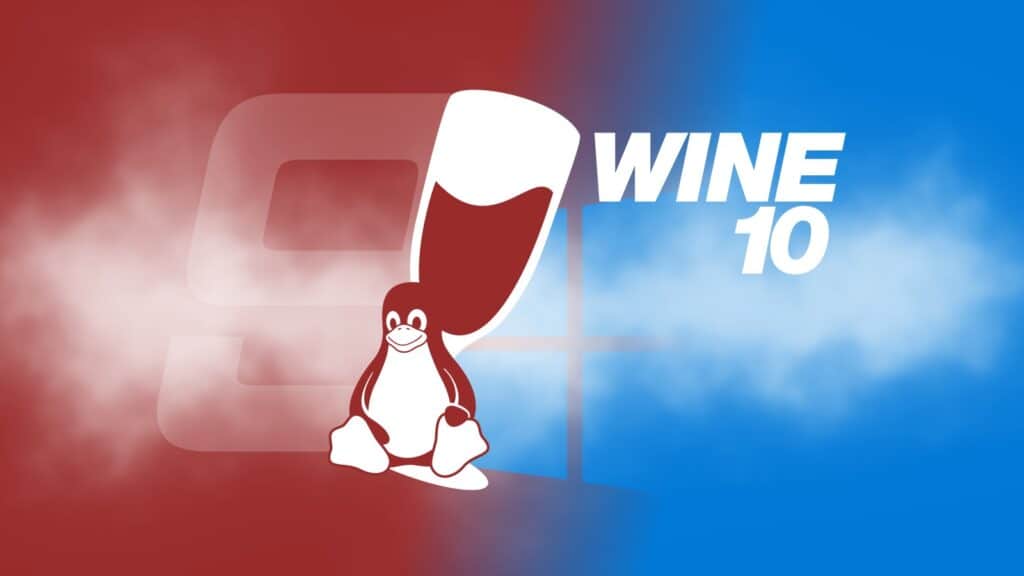The Wine Project, a compatibility layer renowned for enabling Linux and macOS users to run Windows applications, has officially released version 10 with various enhancements across architecture, graphics, desktop integration, and more.
To start with, Wine 10 introduces full support for the ARM64EC architecture, ensuring feature parity with ARM64. This innovation allows for hybrid ARM64X modules, enabling developers to mix ARM64EC and ARM64 code seamlessly within a single binary.
Although the experimental LLVM toolchain is required for now, the upcoming LLVM 20 release promises out-of-the-box support for building ARM64X Wine.
Moreover, the new 64-bit x86 emulation interface leverages ARM64EC capabilities to execute Wine code natively, reducing reliance on x86 emulation. However, users should note that ARM64 support mandates a 4K system page size, which aligns with Windows ABI specifications.
Another major release’s highlight is that Wine 10 takes High-DPI support to the next level, automatically scaling non-DPI-aware windows for better visual fidelity. Compatibility flags now allow users to override High-DPI settings globally or per application.
The Vulkan renderer receives significant upgrades, supporting up to version 1.4.303 of the Vulkan spec and introducing Vulkan Video extensions. Additionally, Vulkan child window rendering now aligns with OpenGL capabilities, enabling seamless 3D rendering in child windows on the X11 backend.
For Direct3D users, Wine 10 introduces a host of improvements, including a High-Level Shader Language (HLSL)-based fixed function pipeline for Direct3D 9 and earlier. These updates aim to reduce stuttering in games and enhance rendering quality.
Desktop integration also sees major enhancements with the introduction of a new Display Control Panel, allowing users to inspect and modify display settings or control virtual desktop resolution. An experimental mode setting emulation mechanism lets users simulate display changes without physically altering monitor resolutions, providing a smoother experience.
On top of that, system tray icons and shell launchers can now be disabled via registry settings, offering greater customization options for minimalistic workflows.
For Linux users, the Wayland driver is now enabled by default, bringing better OpenGL support and improved popup window positioning. Meanwhile, a new experimental FFmpeg-based backend enhances compatibility with Media Foundation multimedia pipelines, though it remains a work in progress.
Lastly, Wine 10’s updates extend to Direct3D helper libraries, input devices, and internationalization:
- Shader stencil exports and an alternative GLSL shader backend using
vkd3d-shaderboost rendering performance. - Basic multi-touch support and touchscreen event handling improve input device compatibility.
- Locale data updates ensure broader support for international users, with new locales and Unicode updates.
For more information, visit the changelog. Wine 10’s source code can be downloaded from GitLab’s project page for those interested in trying out or upgrading their current installation. The binary packages for various distributions are expected to be available shortly.
